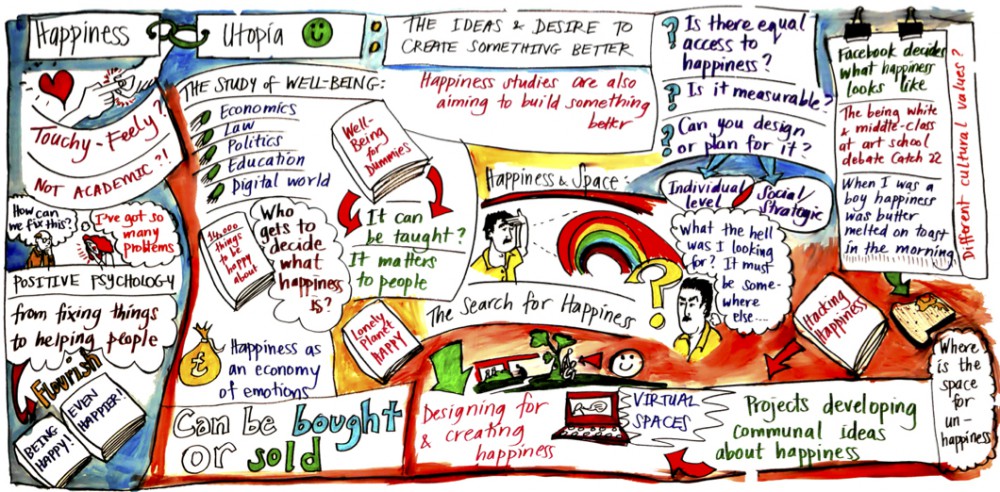1. Describe how each of the five stages of the helping process can aid in the well-being of clients.
The five stages of the helping process include components of the problem-solving process such as identifying the problem, setting goals to resolve the problem and determining and applying strategies designed to help the client reach those goals. The stages are preparation, the client arrives, exploring the problem, intervention strategies and termination. Preparation includes the physical setting of a human service worker and how the client may take it. Paperwork on clients is important but some clients might not want the worker writing while they are talking. When the client arrives there needs to be respect and acceptance of a client. Client should be approached with a smile, a handshake and a introduction. Some clients can’t wait to tell the worker about their problems but others won’t and there are ways to do that. Exploring the problem which is when the problems the client is having is discussed with the professional. When the problems are identified you can move on to the next stage which Intervention Strategies which is setting goals to resolve the problems. Termination is when the relationship between client and professional may end and that can happen in several ways. A positive way is when both participants are satisfied.
2. Describe how an assessment of the client’s history can aid in the well-being/happiness.
The assessment of the client’s history can aid in the well-being/happiness because it can give the human service professional a better understanding on their client to know their history.
3. Describe the special attitudes, skills, and values that the human service professional need for each of the five stages of helping in order to successfully aid in the well-being of clients.
Some skills the professional must know is the message the client is giving you whether its nonverbal or verbal messages. Certain cues can show what a client might be saying non verbally. Responsive listening and active listening describe the behaviors of helpers as they attend to both the verbal and the nonverbal communication of the client. Attending behavior is another way to let the client know the heeler is listening, to encourage the client to talk about and examine issues, problems or concerns. This behavior can include eye contact, vocal qualities, verbal tracking and body language.
4. Describe the SOLAR and how can it promote well-being between the client and human service workers relationship.
Each letter in the acronym SOLER stands for something and makes it easy to remember. Face the client Squarely, adopt and Open posture, Lean toward the other person, Maintaian good Eye contact, and try to be relatively Relaxed. These are guiedines that the professional can use to better help their clients.
5. Describe the various body language message clients’ express. Include those that indicate less that well-being.
The various body language messages can all mean different things, for example leaning forward in a chair is interest in what is being discussed between client and professional.
6. Describe how the human service professional might use the body language message of a client to promote the well-being of a client in session.
The human service worker can sure the body language of a client to promote well-being because they can relate certain positions to meaning of their well-being and if they were interested in what was being discussed in the session.
7.Describe how group therapy can promote the well-being of a client.
Group therapy can be used to promote the well-being of a client because they are able to interact with others who maybe have the same problems they have and can discuss with others and get more feedback.
8. Describe how the humans service worker can approach the silent client to aid their needs towards well-being.
The human service worker can approach the silent client by reading their body language and using what they mean to help the well-being of the client.
9. Describe how the human service worker can approach the overly demanding client in order to aid their needs in the well-being.
The human service worker can approach the overly demeaning client in order to aid their needs by setting reasonable limits to decrease the clients’ dependence, limiting client-helper contact to working hours and examine the helpers own needs to be needed. The helper can also encourage the demanding behavior of a client.
10. The unmotivated worker can be approached by explaining certain things to client such as confidentiality, the helper can explain the process to the client.
11. A crisis-intervention can aid in the well-being of the client because it is a helping process that occurs at a much faster pace than other helping and incorporates many of the helping roles and skills. These occur when their is an emergency such as suicide threats or attempts, the discovery of an unwanted pregnancy, abandonment, or natural disasters. The crisis has to be identified in order to know what the problem is and a resolution of the crisis can be made.
12. Resolution Focused Brief Treatment can aid in the well-being of a client is because it is based upon client strengths with a focus on the present and future. This can help improve their lives and begin to have goals.



